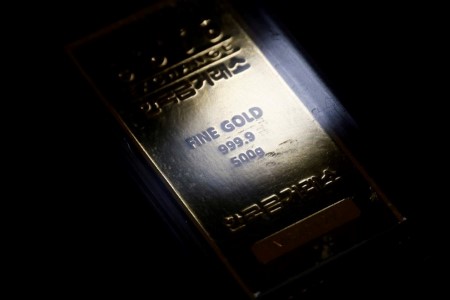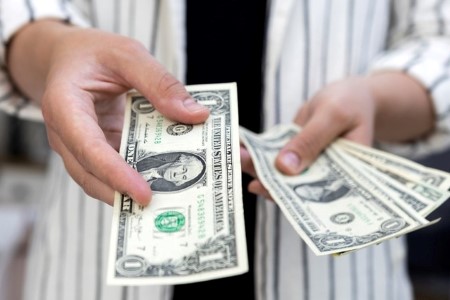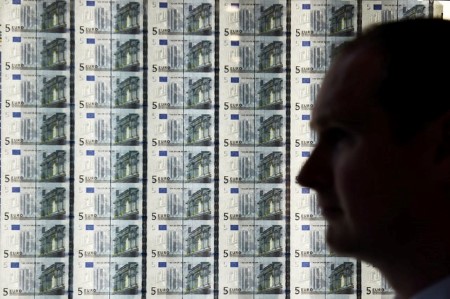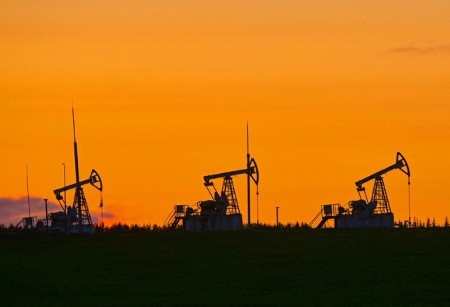Jan 30 – Gold prices climbed to a two-week high on Tuesday, supported by a softer dollar and lower Treasury yields while focus turned to the Federal Reserve’s policy meeting for insight into how soon it will cut interest rates this year.
Spot gold was up 0.2% at USD 2,035.32 per ounce by 12:09 p.m.(1709 GMT), after hitting its highest since Jan. 16 earlier in the session. US gold futures rose 0.5% to USD 2,034.20.
“A big part of gold moving is rates have been coming off and the dollar is in the red, but we are seeing the market elevated due to the anticipation for the Fed interest rate decision on Wednesday,” said Daniel Pavilonis, senior market strategist at RJO Futures.
The dollar index fell 0.2%, making gold more appealing to other currency holders. The benchmark 10-year Treasury yields hit a two-week low.
Lower interest rates decrease the opportunity cost of holding bullion.
The Fed’s policy decision is due on Wednesday, having made a dovish turn in the December meeting. Markets are widely expecting the US central bank to leave rates unchanged at the end of the two-day meeting.
Fed wants to have a steady market so we may not see that many rate cuts, and Powell is going to be neutral and talk about the possibility of lowering interest rates, Pavilonis added.
Last week data showed moderate growth in US prices in December, keeping annual inflation below 3% for a third consecutive month and potentially allowing the Fed to begin cutting interest rates this year.
A Reuters poll showed on Monday that uncertainty about the economy and US interest rate cuts could drive record gold prices in 2024.
Spot silver fell 0.4% to USD 23.11 per ounce, but hit its highest level since Jan.15 earlier in the session. Spot platinum fell 0.6% to USD 921.70 an ounce and palladium lost 0.6% to USD 977.51.
(Reporting by Anushree Mukherjee in Bengaluru, editing by Ed Osmond and Shailesh Kuber)







 DOWNLOAD
DOWNLOAD












